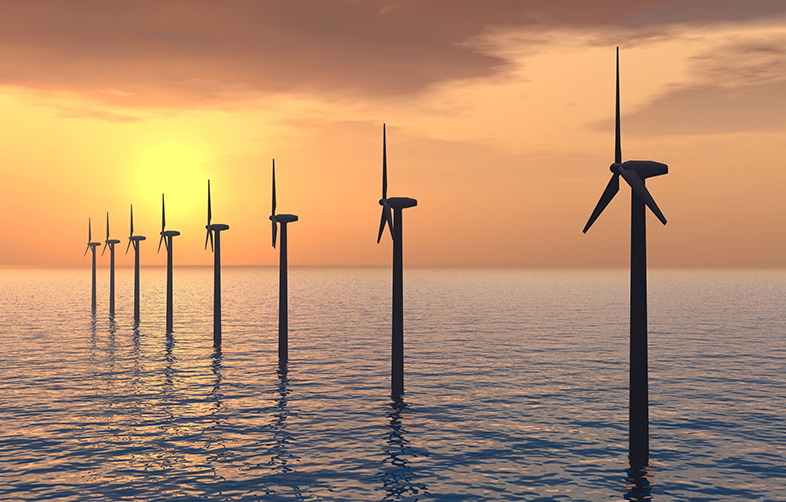2 Hydropower resources – world, regional, national
As you saw in Week 1, almost a quarter of the 5.4 million EJ (1.5 billion TWh) of solar energy reaching the Earth’s atmosphere each year is consumed in the evaporation of water. Water vapour in the atmosphere therefore represents an enormous, constantly replaced, store of energy. Unfortunately most of it is not available to us.
When water vapour condenses into water, most of its stored energy is released into the atmosphere as heat, and ultimately re-radiated into space. But a tiny fraction, (about 200 000 TWh y−1), reaches the Earth as rain or snow, with roughly one fifth of this falling on hills and mountains, descending to sea level in the world’s streams and rivers. The 40 000 TWh y−1 of energy carried by this flowing water can be regarded as the world’s total hydro resource.
It is obviously not possible to build hydro plants on every river or stream, so the usable fraction of this flow will be significantly lower, and at the time of writing, the world’s technical hydro potential is estimated to be about 16 000 TWh y−1, (two-fifths of the above total resource) though the International Energy Agency estimates it at 14 600 TWh y−1(IEA, 2016). This latter figure is equivalent to an installed capacity of around 3 700 GW, approximately three times the current figure.
But how much hydroelectricity is available at a cost competitive with power from other sources? One definition of this economic potential suggests that it is the fraction of the total resource that:
can be exploited within the limits of current technology under present and expected local economic conditions. The figures may or may not exclude economic potential that would be unacceptable for social or environmental reasons.
Estimates of the economic potential for hydropower in different countries or regions are much less reliable than estimates of the total or technical potential. Here we consider only the total resource and the technical potential, leaving the economic aspects until Section 5.10.
